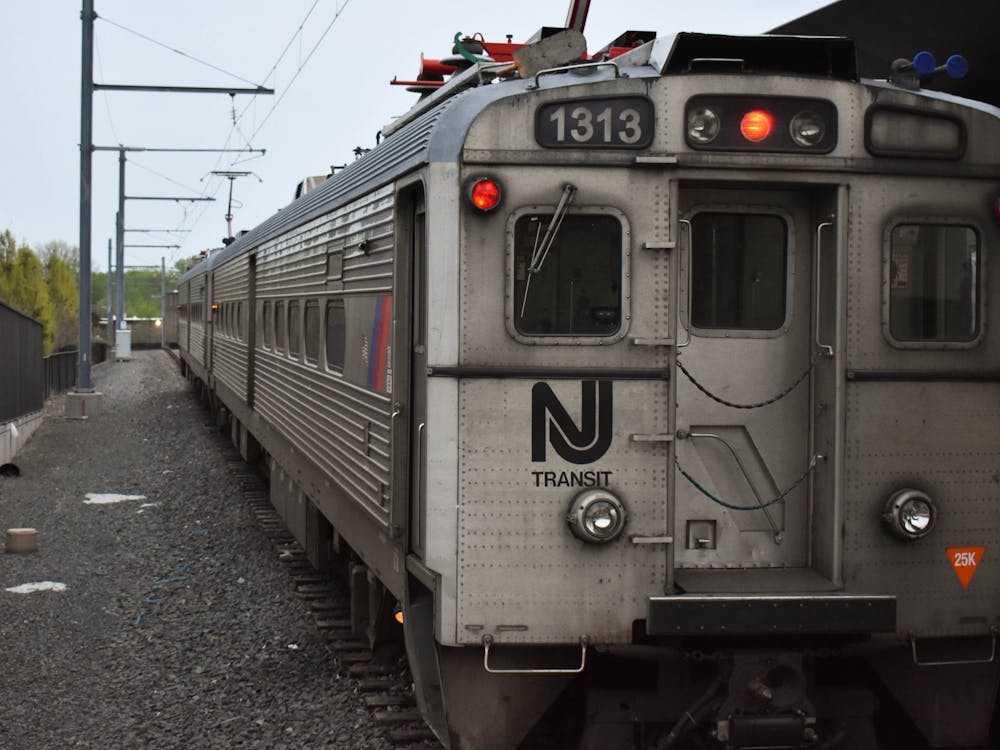"I would have gone to Tulane, if it weren't for Katrina," I often tell people. That sentence follows the shrug, the uncomfortable glance downward, the cultivated modesty of, "Oh ... um, I go to school at Princeton." I visited New Orleans twice before the flood. It had everything I wanted in a city: a vibrant, historical music scene, what I thought was a desegregated downtown where cultures were constantly in exchange and a unique and exhilarating culinary setting.
There is some flavor in the air of New Orleans that one has to experience firsthand; it is a place remarkably free of self-consciousness or pretension. A local coffee shop down the road from my sister's apartment put a Starbucks across the street out of business, not because people felt more hip at a local beanery, but because they were faithful to their own establishments, and, quite simply, its coffee is better. The architecture of the city speaks to me; it is a strange sort of Southern-French gothic, long buttressed houses with unbelievably high ceilings, all old and creaky and lived-through and appreciated. Regardless of the neighborhood, a house's plot size or income bracket, the houses are all uniformly personal and beautiful — the rocking-chaired porches in front of nearly every house an invitation to convene instead of the carefully manicured lawn behind which most suburban dwellers in other cities hide themselves.
I visited my sister, who is doing relief work in New Orleans, for a few days over Intersession. I met the children she works with almost every day, six of whom still — almost a year and a half after Katrina — live in a 240 sq. ft. FEMA trailer occupied by 11 people. It is parked in front of their cousin's yard because they are afraid to keep it in front of their own house in the Lower Ninth Ward, which is still basically a vacant ghost town inhabited exclusively by crack dens and violent gangs. When the storm hit, the 11 of them were airlifted from their house and dropped off at the leaky Superdome, where dead bodies were thrown onto wheelchairs and covered with spare coats, where people died simply because they were not provided with enough fresh water. The press called the people amassed there "refugees," as if they were from some foreign continent.
The city seems to have been struck by biblical punishment. People's lives can only be talked about in antediluvian and postdiluvian terms; everyone has a story. An old lady who owned a bookstore and could not have been younger than 70 told me how she had been forced to sneak back into the quarantined city a week after Katrina because the roof to her shop had been blown off by the winds and the insulation in the ceiling was festering with fungi and mold. Under the cover of night she climbed onto the roof, armed with a hammer and trash bags, ripping out insulation and doing her best to cover the books that had not been molded before the approaching Hurricane Rita's wake washed over the city.
Most people estimate that only around 60 percent of the city's population has returned to New Orleans and of the once abundant black population of the city, far less. In the panicked Diaspora of Katrina, people disappeared to scattered hideaways across America. My taxi driver lived on his cousin's floor in Houston for six months with four coworkers he convinced to hop into his cab 12 hours before the storm. Neighborhoods cannot reform because most people do not know the fate of their neighbors, and nobody wants to live on a block where he is literally the only homemaker brave enough to try to start anew. Organizations that could be rebuilding areas do not have the capacity to; people pouring money into outfits like Habitat for Humanity do not realize that it does not consider itself a "relief organization," and its bureaucratic molasses is symptomatic of nearly all the organizational relief taking place in New Orleans. Many families my sister works with complain of newly installed Habitat windows blowing out at the onset of tiny gusts of wind. The city is covered with "FEMA parks," where residents who are too scared to park their trailers outside of their houses park in giant fields mashed together like miniature Superdomes, where the parents who are responsible do not let the kids outside the 240 sq. ft. trailer except for school because the parks are overflowing with drug addicts and fledgling gangs peddling violence.
Mardi Gras was last week. The headlines, of course, were overwhelmingly positive. "Mardi Gras revives New Orleans," opined the Minnesota Daily opinion section; "New Orleans Comes Alive!" proclaimed the Contra Coast Times. The AP turned away for a few moments from a presidential race two years away to blurb a paragraph or two about the revelry rising like a phoenix from the ashes of Katrina. And America gets its doses of empathy small, how we like them.
Is New Orleans that easy to forget? It won't be, for me. Rob Madole is a freshman from Dallas, Texas. He may be reached at madole@princeton.edu.







